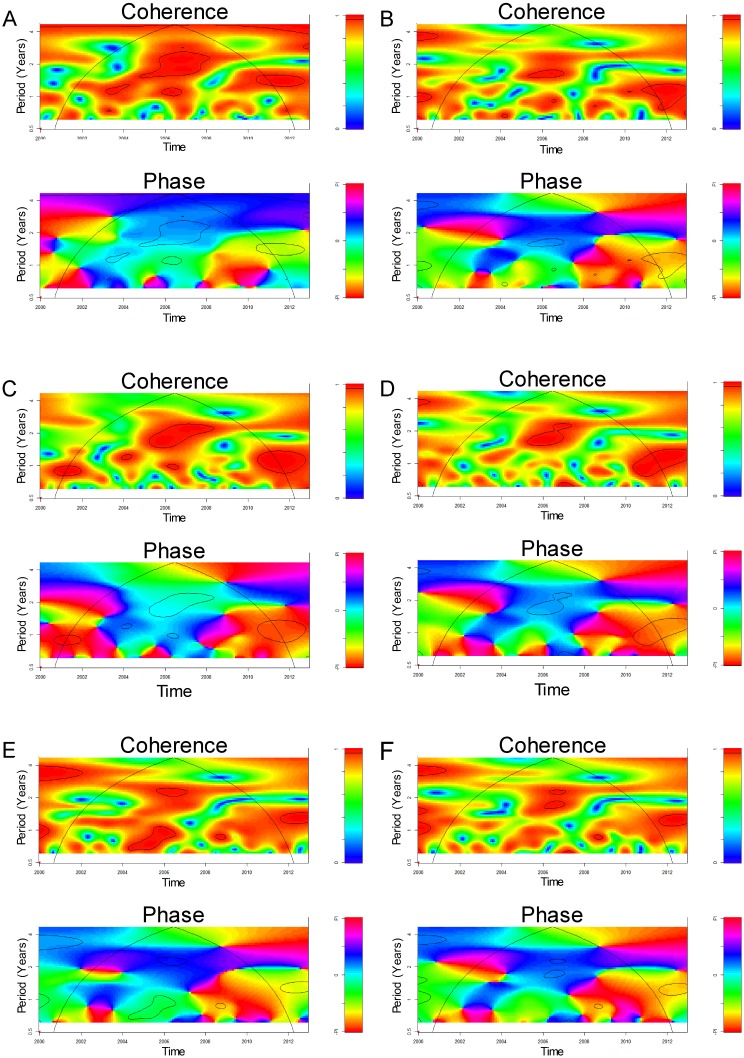Figure 3. Cross-wavelet coherency and phase of the M. pneumoniae pneumonia time series with the global climatic indices.
(A) DMI (dipole mode index); (B) MEI (multivariate ENSO index); (C) Niño 12 (ENSO index); (D) Niño 3 (ENSO index); (E) Niño 4 (ENSO index); (F) Niño 34 (ENSO index). Red regions in the upper part of the plots indicate frequencies and times for which the two series share variability. The cone of influence (within which results are not influenced by the edges of the data) and the significant coherent time-frequency regions (p<0.05) are indicated by solid lines. In cross-wavelet phase plots, colors correspond to different lags between the variability in the two series for a given time and frequency, measured in angles from -PI to PI. A value of PI corresponds to a lag of 16 months.

